Key Takeaways
- Blue Lock stands out by emphasizing individual growth over teamwork in a cutthroat soccer competition.
- Blending realism and storytelling, Blue Lock offers a mature take on soccer reminiscent of childhood favorites.
- The series explores deep themes like ambition and failure, making it a must-watch despite Season 2’s flaws.
Sports anime can impressively appeal to a wide audience, even those that are not inherently interested in athletics. A good number of them tackle basic concepts common to everyone: ambition, persistence, teamwork, and self-discovery. With concentration on personal growth and emotional struggles, sports anime can produce series that are about the human experience as much as they are about the sport.
In that regard, Blue Lock has made a name for itself and breached the gap between sports anime fans and character-driven narrative fans. It adds variety to the genre, turning soccer from a simple sport into an intense battle of individual identities and ambitions-a story that catches the attention of a broad range of viewers.
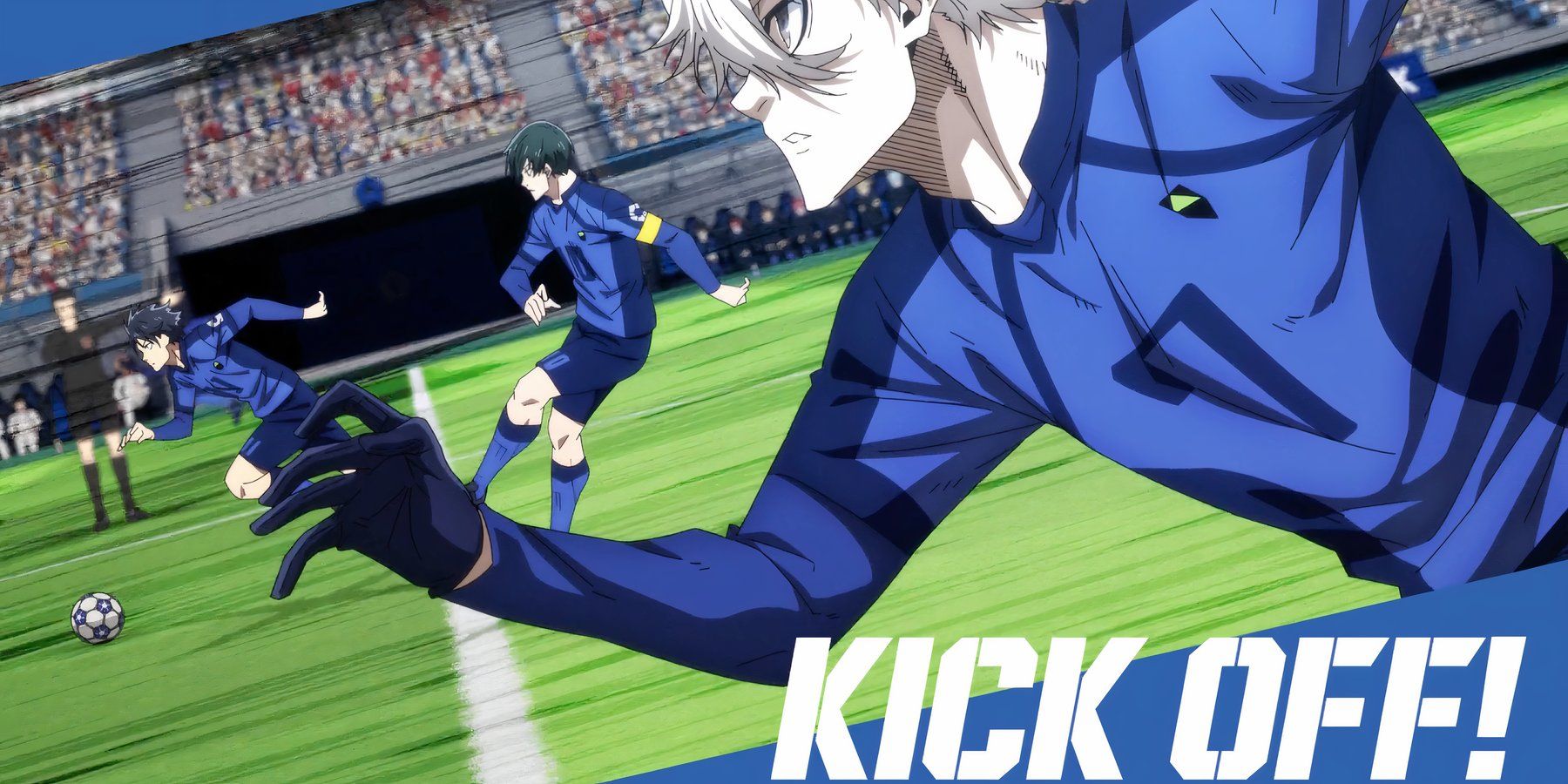
Blue Lock Season 2 Episode 6: The Long Awaited Match Begins
The awaited Blue Lock vs. Japan U-20 match finally starts, but animation struggles and pacing issues still linger, leaving fans wanting more.
A Masterpiece in Blending Realism and Storytelling
What Sets Blue Lock Apart
Unlike most other sports anime, which often focus on teamwork and camaraderie, Blue Lock focuses on the relentless reality of competition. This anime series revolves around individualism in a team setting where personal growth is emphasized over collective harmony. That appears to attract those readers who enjoy character-driven narratives with realistic stakes.
This is interspersed with almost a psychological look at soccer, where every game becomes mental-one of tactics, strategies, and brutal wills-akin to the realism brought forth by series like Haikyu!!, but from a much grittier, more ambitious angle. By fusing these dimensions, Blue Lock crafts an intensely thrilling narrative that keeps audiences on the edge of their seats.
Nostalgia Meets Innovation
A Modern Take That Reminds Us of Childhood Favorites
For long-term fans of anime, Blue Lock brings back memories of beloved childhood shows like Inazuma Eleven. Though still impassioned about soccer, Blue Lock takes a far more mature, realistic approach: it removes the comical tone for more gritty realism that just translates better into modern tastes. This change in formula for sports anime bridges a gap between nostalgic charm and modern storytelling.
Meanwhile, Blue Lock creates its novelty by constantly outdoing what can be done with a sports anime. Soccer becomes a mental and physical battle to the top, bringing an intensity into a sport never seen before. It renews this genre with this new perspective, making the genre both accessible and interesting for a whole new generation of fans.
Complex Characters and Relatable Arcs
Why the Cast Stands Out
One of the defining strengths of Blue Lock is its diverse and well-written cast. The protagonist in this story is initially portrayed as relatable and weak compared to his peers, struggling not only against rival competitors but a lot with his own self-doubt and aspirations. His arc of self-discovery is not only engaging but rather relatable, ready to resonate with whoever has faced similar tests in life. His growth not only reflects that hard work can overcome any obstacle but also shows that anyone can achieve their goals if they set their mind to it.
Talent is the ability to prove one’s strength. Gambling their future, believing in themselves and their dreams, and proving to the world their strength is real. – Jinpachi Ego
The supporting characters, each reflecting a different angle on ambition and teamwork, give more details. Be they rivals who can shake the resolve of the protagonist or allies who help him grow, every character is developed in detail to fit into the plot. The development of the characters themselves feels organic, adding to the emotional investment in the series.
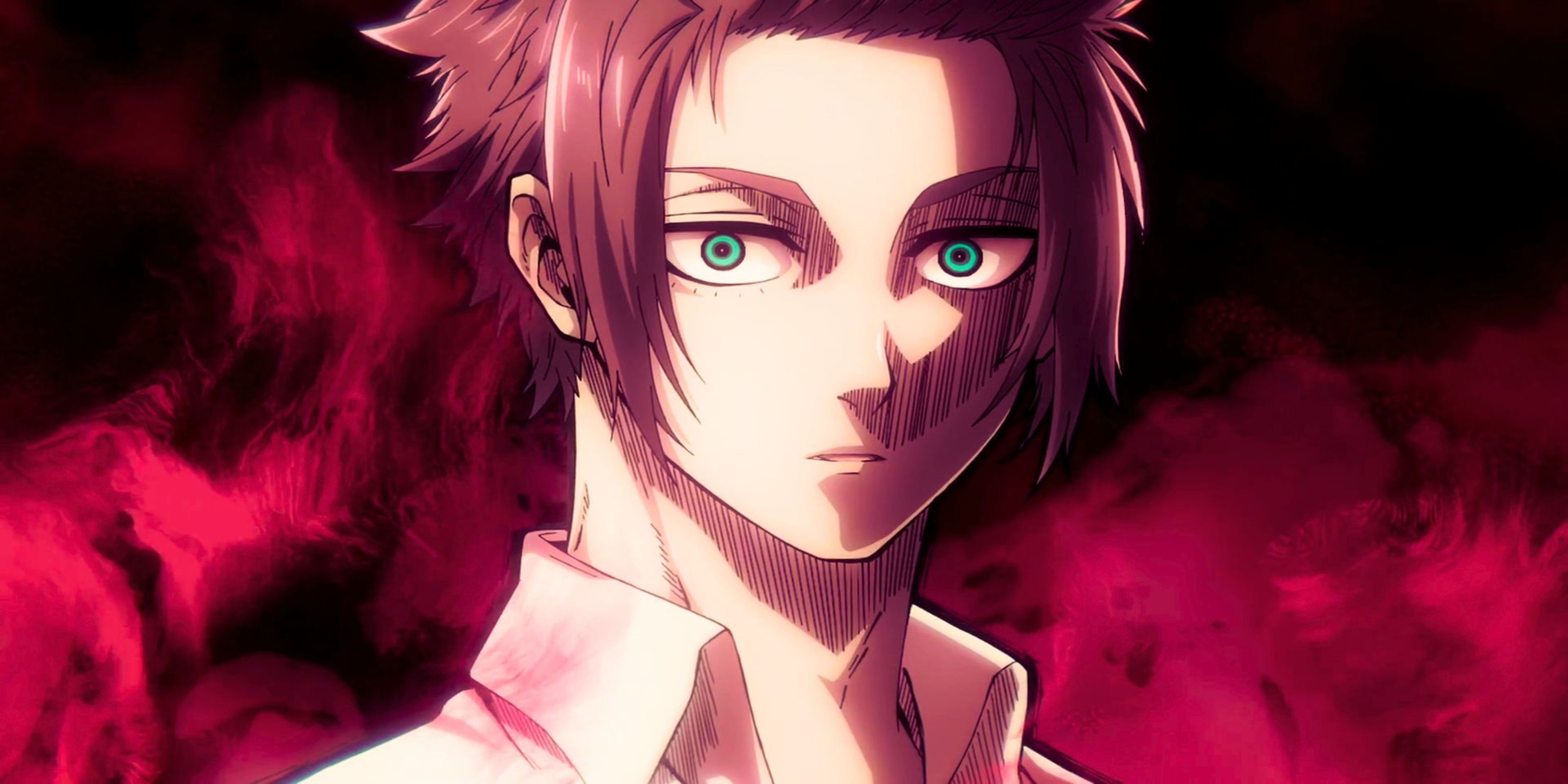
Blue Lock: Who is Itoshi Sae and How Good Is He?
Blue Lock features some extremely talented footballers, but no one comes close to Itoshi Sae. Here’s why he is so special.
Deep Themes Explored Using Soccer
Greater Than the Game: Ambition, Failure, and Self-Identity
Blue Lock uses soccer as a medium to explore pretty heavy themes: ambition, failure, and the pursuit of greatness. The series departs from most other sports anime, in which success is usually defined by victories of the team, and focuses instead on the development of an individual and the sacrifices they need to make in order for them to achieve their goals. It challenges the conventional narrative by celebrating selfish ambition as a legitimate path to success.
It also looks into the psychological toll of competition through the prism of the fear of failure, tackling and bringing out one’s ego and pressure to outperform others. Of course, these themes are universal and strike quite close to the human bone, which makes Blue Lock no less than a study of human nature and ambition.
Why Fans Should Watch Blue Lock
Even With Season 2’s Flaws, It’s a Must-Watch
While Season Two may have gotten some criticisms in terms of animation and production quality, Blue Lock will simply always be a must-watch; its storyline is captivating, and its characters have so much depth. Merging the intensity of sports with the complexities of human emotions gives it a competitive edge few other genres can match.
Those who have not experienced Blue Lock as of yet will find a mix of suspense, strategy, and emotional depth that is simply incomparable. Whether one is an avid fan of sports anime or not, the series promises another different and unforgettable journey through the worlds of soccer, ambition, and self-discovery. And with the highly anticipated and arguably one of the best arcs in the manga, Blue Lock vs. U-20 Japan, currently ongoing, there’s no better time to start watching the show.
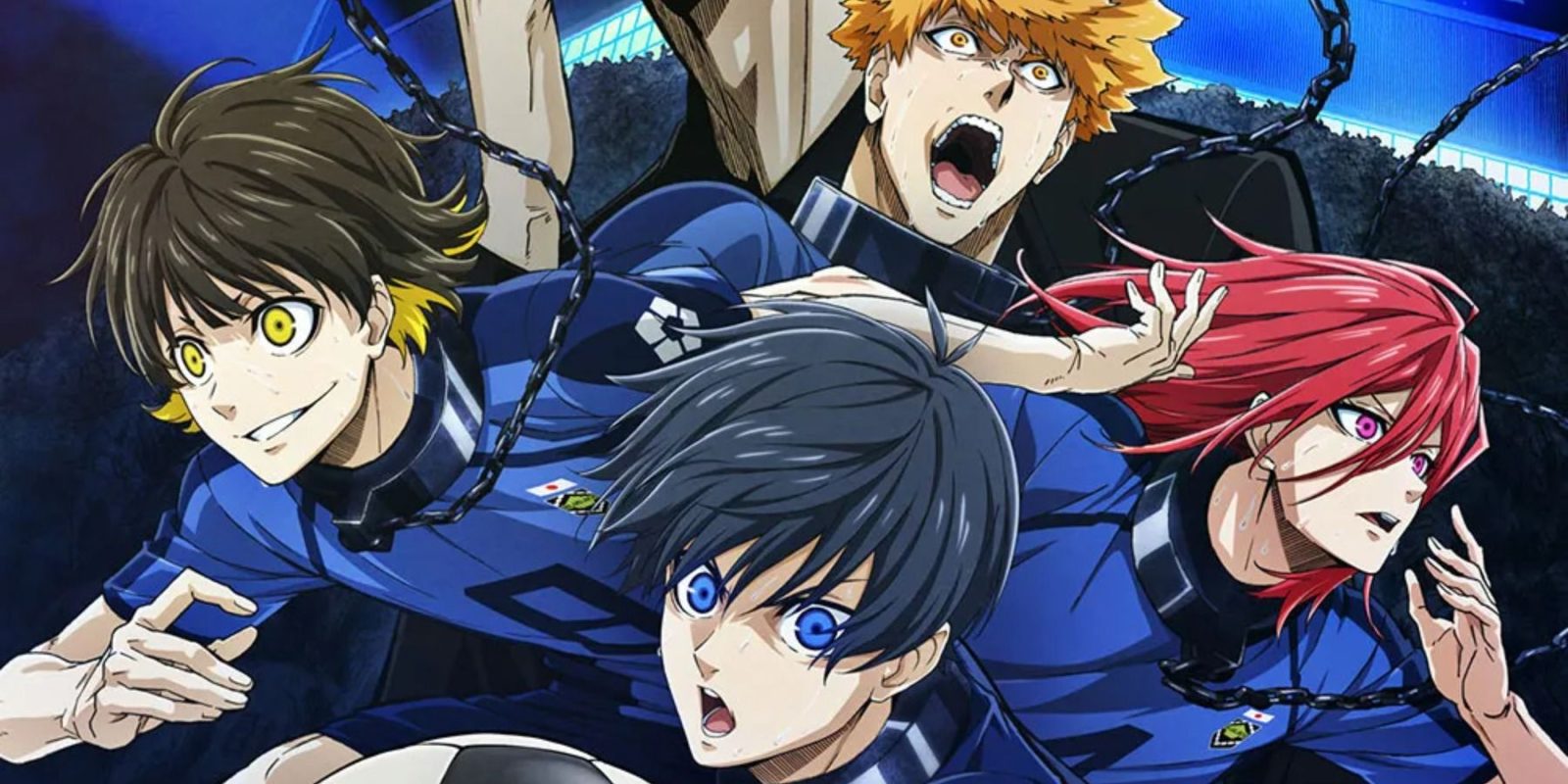
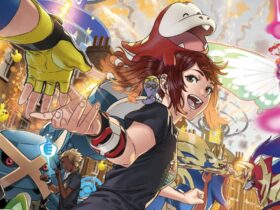

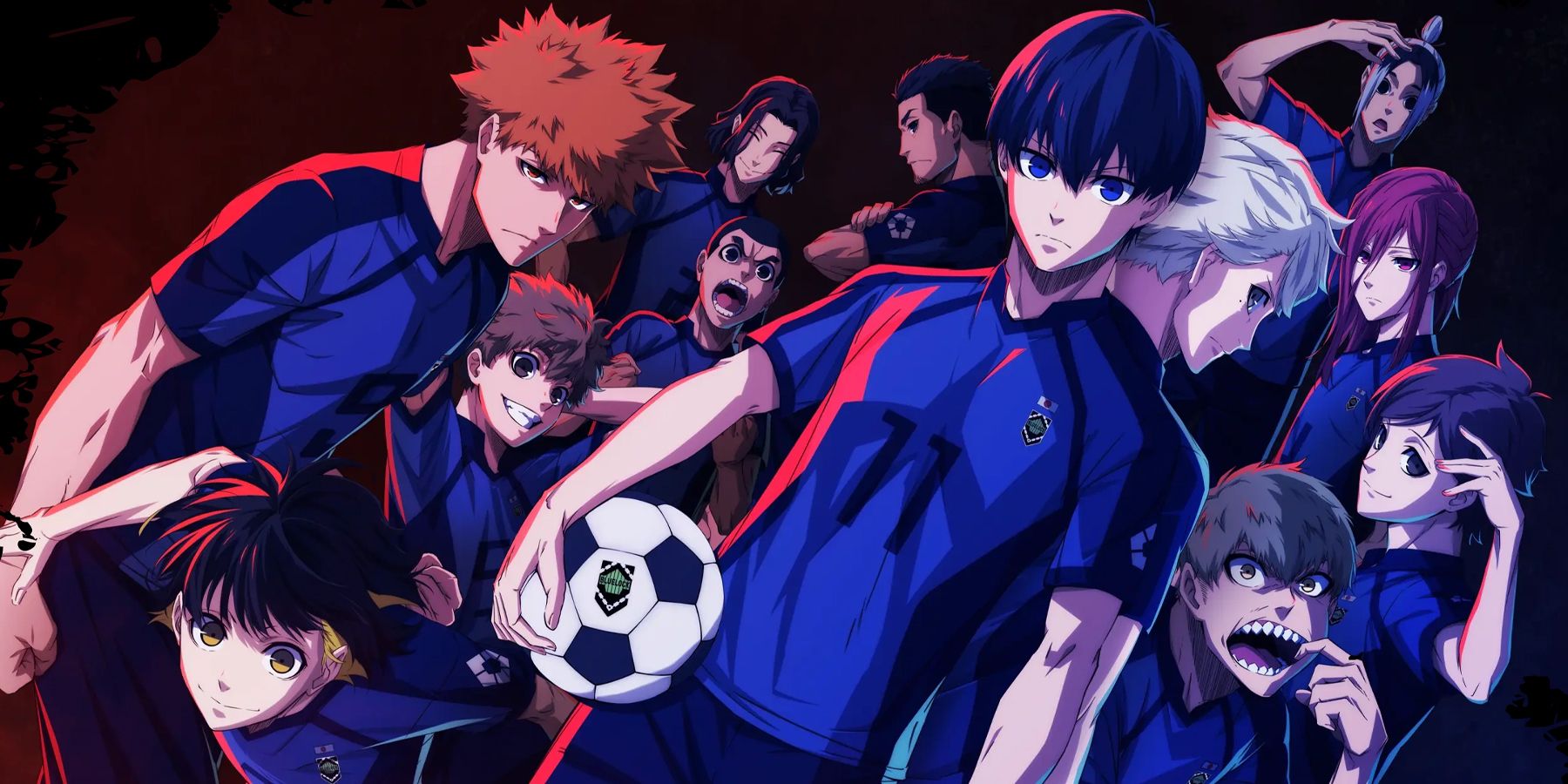
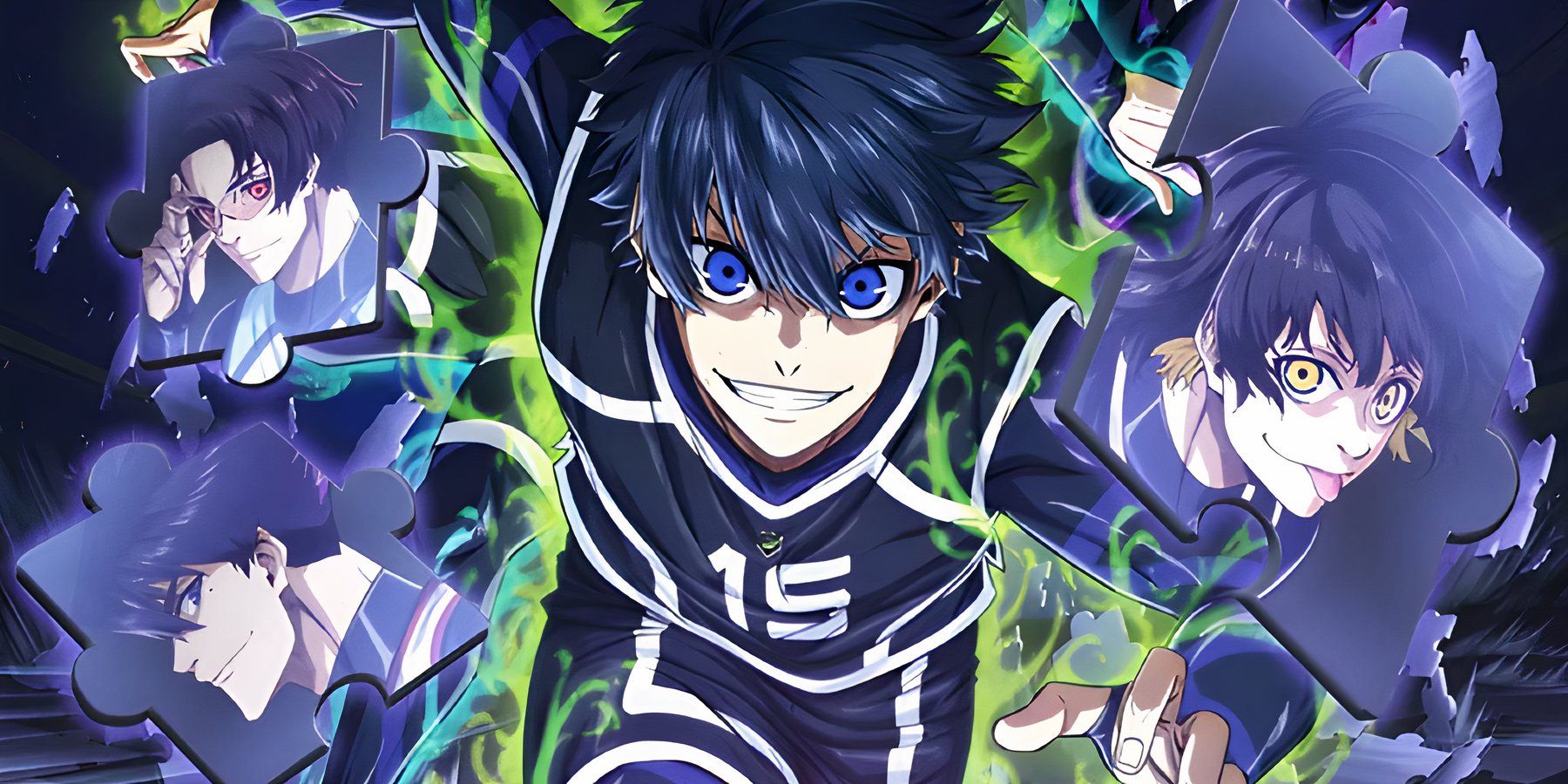
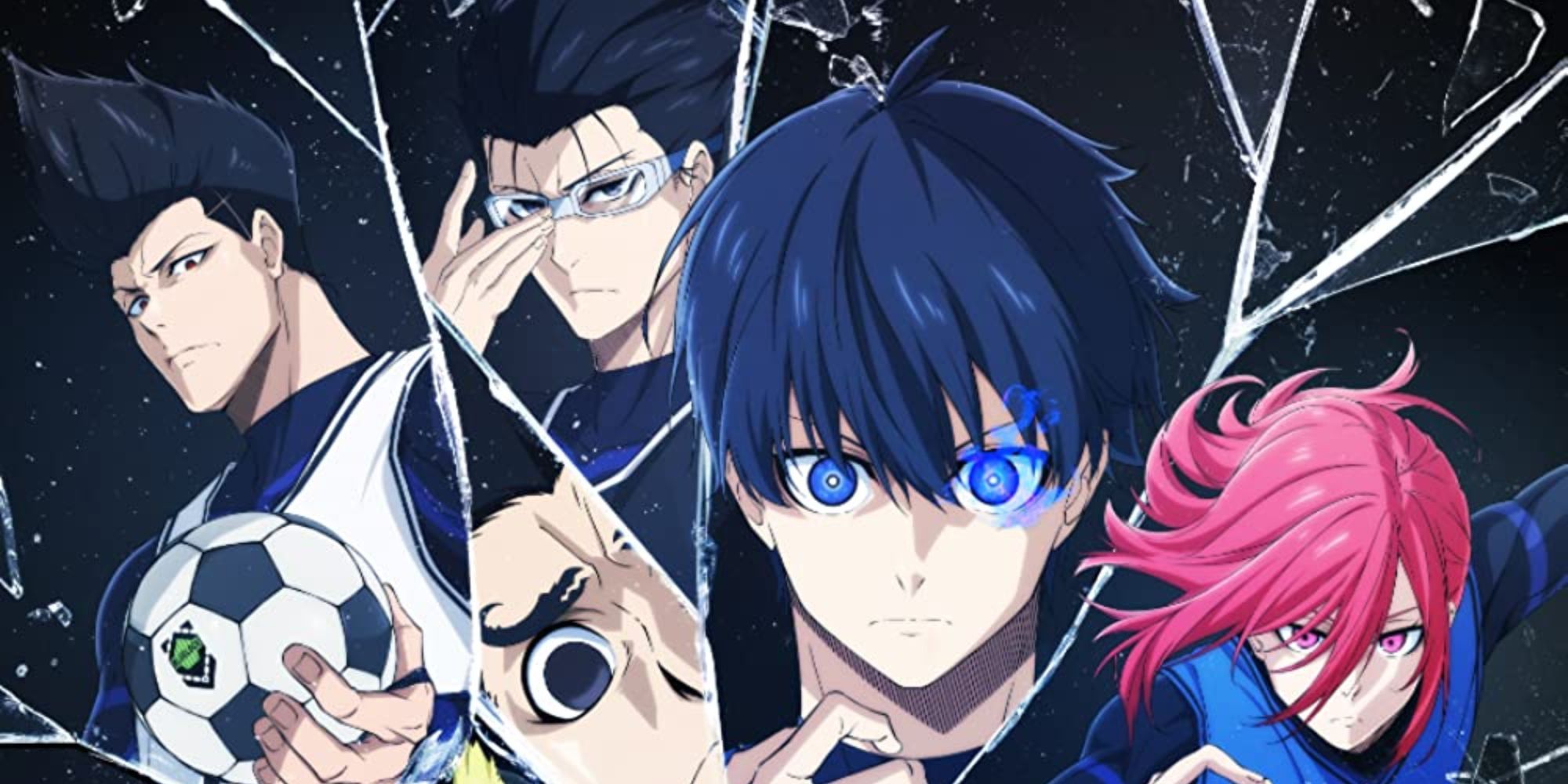
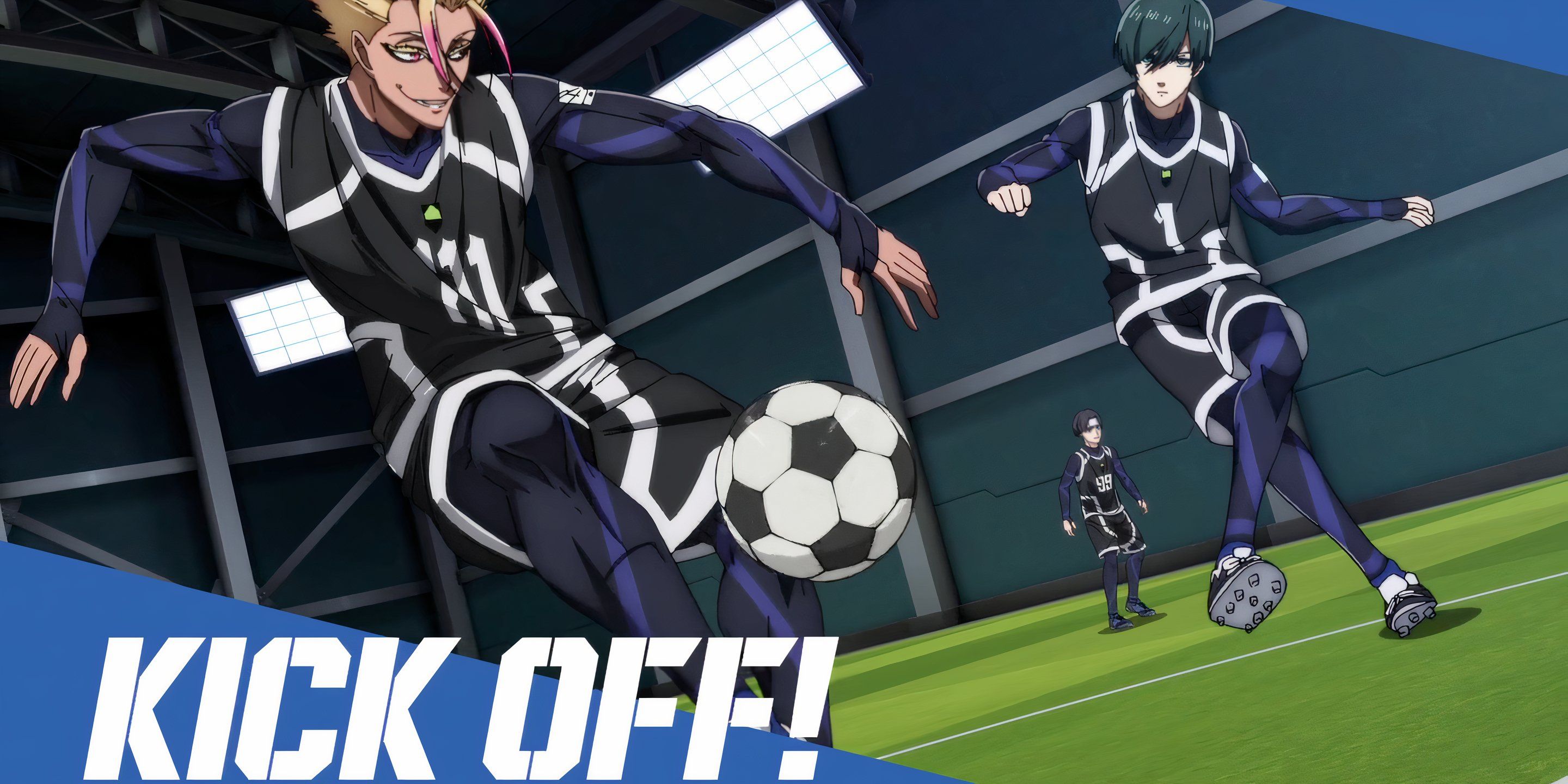
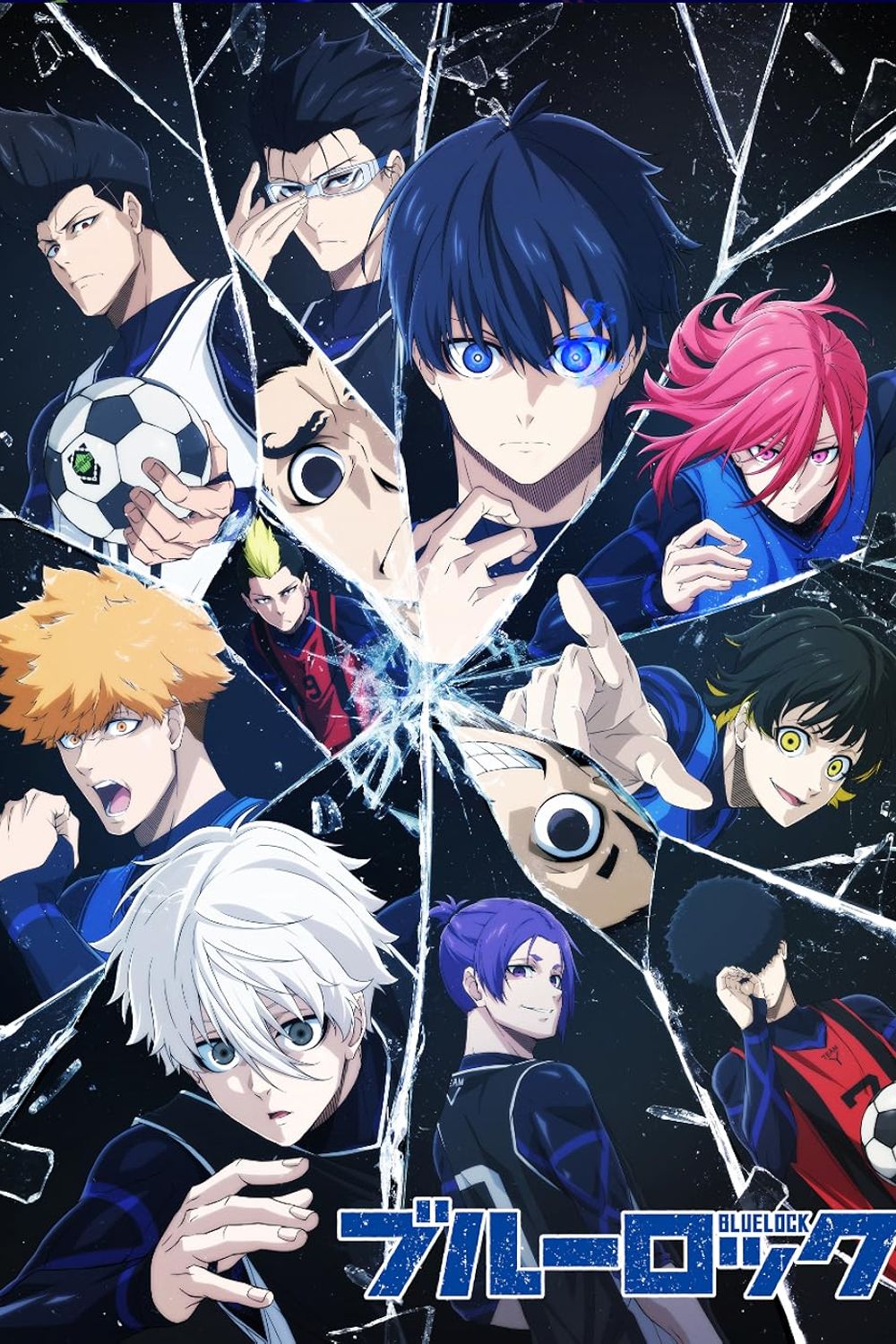









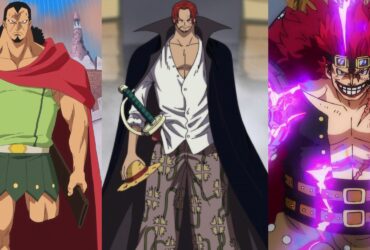
Leave a Reply